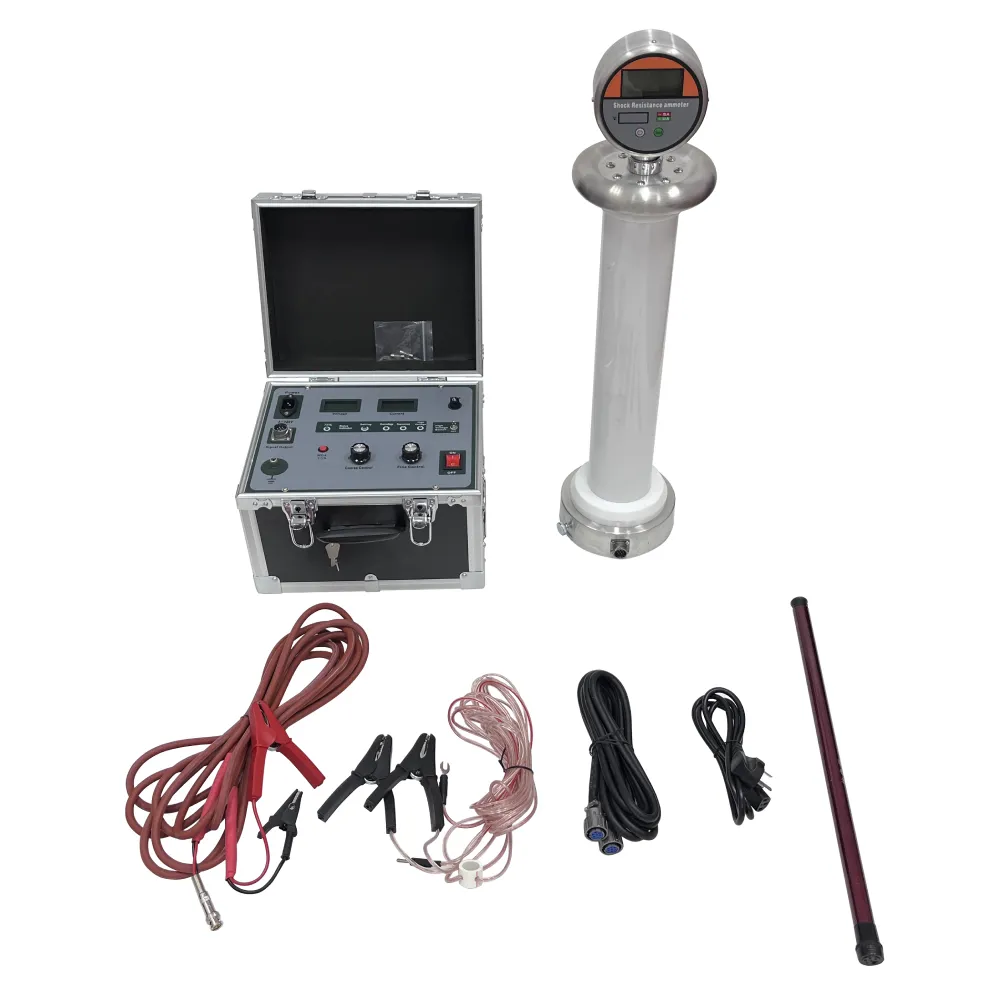 English
English



-
 Afrikaans
Afrikaans -
 Albanian
Albanian -
 Amharic
Amharic -
 Arabic
Arabic -
 Armenian
Armenian -
 Azerbaijani
Azerbaijani -
 Basque
Basque -
 Belarusian
Belarusian -
 Bengali
Bengali -
 Bosnian
Bosnian -
 Bulgarian
Bulgarian -
 Catalan
Catalan -
 Cebuano
Cebuano -
 China
China -
 China (Taiwan)
China (Taiwan) -
 Corsican
Corsican -
 Croatian
Croatian -
 Czech
Czech -
 Danish
Danish -
 Dutch
Dutch -
 English
English -
 Esperanto
Esperanto -
 Estonian
Estonian -
 Finnish
Finnish -
 French
French -
 Frisian
Frisian -
 Galician
Galician -
 Georgian
Georgian -
 German
German -
 Greek
Greek -
 Gujarati
Gujarati -
 Haitian Creole
Haitian Creole -
 hausa
hausa -
 hawaiian
hawaiian -
 Hebrew
Hebrew -
 Hindi
Hindi -
 Miao
Miao -
 Hungarian
Hungarian -
 Icelandic
Icelandic -
 igbo
igbo -
 Indonesian
Indonesian -
 irish
irish -
 Italian
Italian -
 Japanese
Japanese -
 Javanese
Javanese -
 Kannada
Kannada -
 kazakh
kazakh -
 Khmer
Khmer -
 Rwandese
Rwandese -
 Korean
Korean -
 Kurdish
Kurdish -
 Kyrgyz
Kyrgyz -
 Lao
Lao -
 Latin
Latin -
 Latvian
Latvian -
 Lithuanian
Lithuanian -
 Luxembourgish
Luxembourgish -
 Macedonian
Macedonian -
 Malgashi
Malgashi -
 Malay
Malay -
 Malayalam
Malayalam -
 Maltese
Maltese -
 Maori
Maori -
 Marathi
Marathi -
 Mongolian
Mongolian -
 Myanmar
Myanmar -
 Nepali
Nepali -
 Norwegian
Norwegian -
 Norwegian
Norwegian -
 Occitan
Occitan -
 Pashto
Pashto -
 Persian
Persian -
 Polish
Polish -
 Portuguese
Portuguese -
 Punjabi
Punjabi -
 Romanian
Romanian -
 Russian
Russian -
 Samoan
Samoan -
 Scottish Gaelic
Scottish Gaelic -
 Serbian
Serbian -
 Sesotho
Sesotho -
 Shona
Shona -
 Sindhi
Sindhi -
 Sinhala
Sinhala -
 Slovak
Slovak -
 Slovenian
Slovenian -
 Somali
Somali -
 Spanish
Spanish -
 Sundanese
Sundanese -
 Swahili
Swahili -
 Swedish
Swedish -
 Tagalog
Tagalog -
 Tajik
Tajik -
 Tamil
Tamil -
 Tatar
Tatar -
 Telugu
Telugu -
 Thai
Thai -
 Turkish
Turkish -
 Turkmen
Turkmen -
 Ukrainian
Ukrainian -
 Urdu
Urdu -
 Uighur
Uighur -
 Uzbek
Uzbek -
 Vietnamese
Vietnamese -
 Welsh
Welsh -
 Bantu
Bantu -
 Yiddish
Yiddish -
 Yoruba
Yoruba -
 Zulu
Zulu
test for transformer oil
Understanding Testing Methods for Transformer Oil
Transformer oil, also known as mineral insulating oil, plays a crucial role in the functioning and longevity of transformers. Its primary purposes are to insulate and cool the electrical components within transformers. Given the vital functions it serves, regular testing of transformer oil is essential. This ensures the oil maintains its properties, and any potential issues can be identified before they lead to equipment failure.
Importance of Transformer Oil Testing
Transformer oil testing is critical for several reasons
1. Preventive Maintenance Regular testing can identify contaminants or degradation of oil properties, allowing for timely interventions that can prevent major failures. 2. Safety Concerns Degraded or contaminated oil may lead to electrical faults, posing safety risks not only to the transformer but to the broader electrical grid and personnel working with these systems.
3. Regulatory Compliance Many regions have regulatory requirements concerning transformer maintenance, including oil testing. Compliance is essential for operational integrity and legal adherence.
4. Performance Assurance The effectiveness of transformer operation relies heavily on the quality of the insulating oil. Testing ensures that the oil is suitable for optimal transformer performance.
Common Tests for Transformer Oil
A variety of tests can be conducted on transformer oil to assess its quality and condition. Here are some commonly performed tests
test for transformer oil

1. Dielectric Strength Test This test measures the oil’s insulating ability. A higher dielectric strength indicates better performance in preventing electrical discharges. Typically, the dielectric strength of transformer oil should be above 30 kV.
2. Moisture Content Test Water in transformer oil can significantly reduce its insulating properties. This test often involves the use of a Karl Fischer titrator or capacitive sensors to determine moisture levels, which should ideally be lower than 0.1% by weight.
3. Furan Analysis Furan compounds are byproducts of paper insulation degradation. Testing for furan levels can provide insights into the condition of the insulation system, aiding in predicting the remaining life of the transformer.
4. Acid Number Test This test indicates the presence of acidic compounds within the oil, often resulting from oxidation. The total acid number (TAN) should ideally be below 0.1 mg KOH/g; higher values may require oil treatment or replacement.
5. Polychlorinated Biphenyls (PCBs) Testing While PCBs have been banned in many regions, older transformers may still contain them. Testing for PCBs is crucial for environmental safety and regulatory compliance.
6. Dissolved Gas Analysis (DGA) This technique involves analyzing gases dissolved in the oil, which can be indicative of various fault conditions, such as overheating or arcing. By understanding the types and quantities of gases present, maintenance personnel can identify specific issues before they escalate.
Conclusion
Transformer oil testing is an indispensable aspect of transformer management and maintenance. It enhances reliability, performance, and safety, extending the lifespan of the equipment. Regularly scheduled testing allows utility operators and facility managers to detect issues early, maintain compliance with regulations, and ensure the efficient functioning of transformers in the grid. As technologies and methodologies in testing evolve, integrating comprehensive testing protocols into regular maintenance schedules will further fortify the electrical infrastructure against potential failures. Engaging with trained professionals or laboratories specializing in transformer oil analysis can provide deeper insights and actionable data, ultimately contributing to a more resilient energy system.
-
Testing Equipment Industry Sees Major Advancements in 2025: Smart & Precision Technologies Lead the WayNewsJun.06,2025
-
Applications of Direct Current Generators in Renewable Energy SystemsNewsJun.05,2025
-
Hipot Tester Calibration and Accuracy GuidelinesNewsJun.05,2025
-
Digital Circuit Breaker Analyzer Features and BenefitsNewsJun.05,2025
-
Benefits of Real-Time Power Quality Monitoring Devices for Industrial EfficiencyNewsJun.05,2025
-
Earth Fault Loop Testing in High-Rise Building Electrical SystemsNewsJun.05,2025



